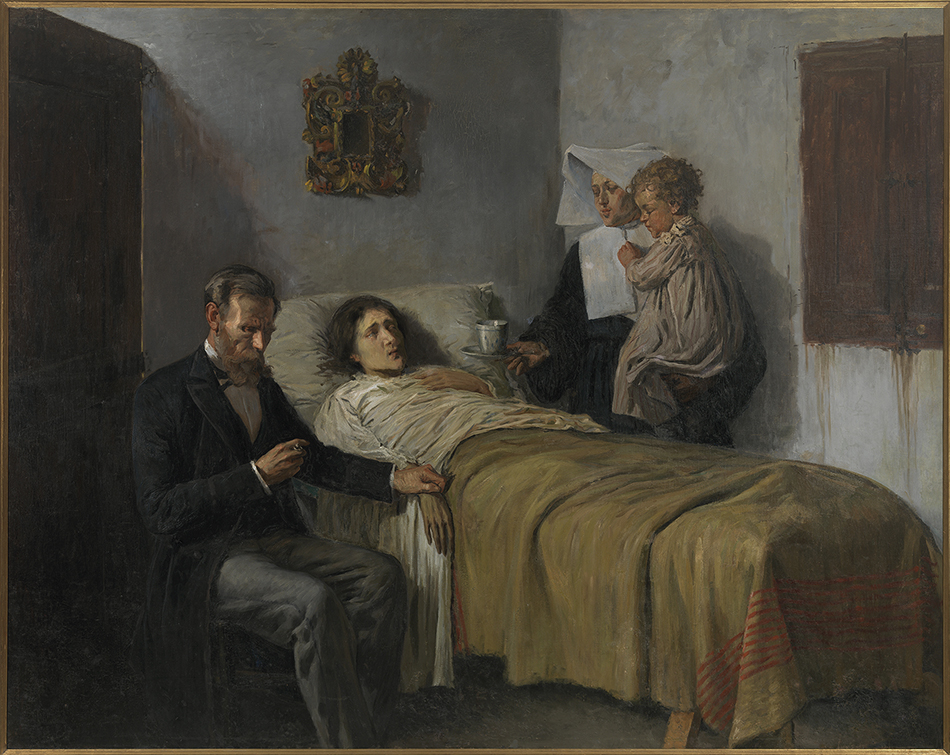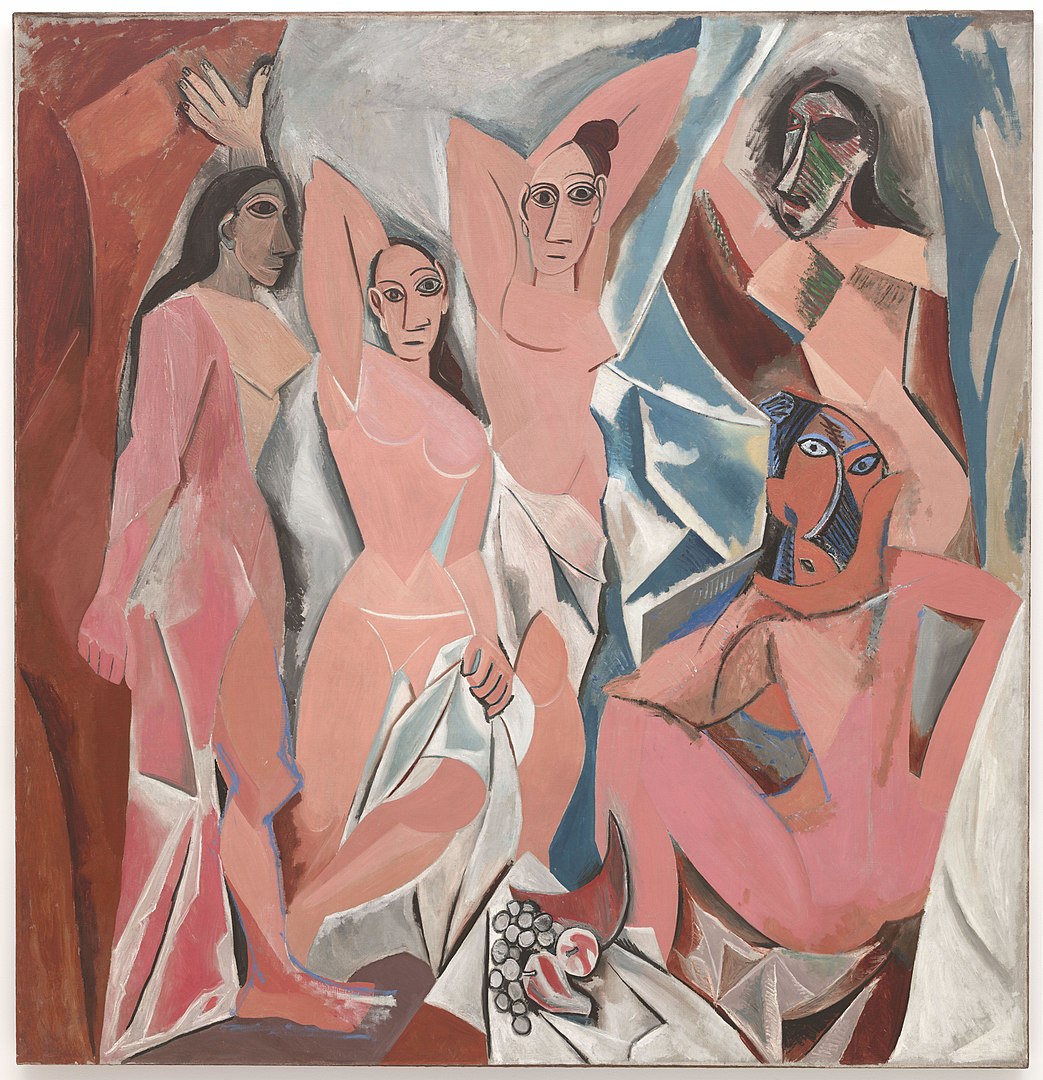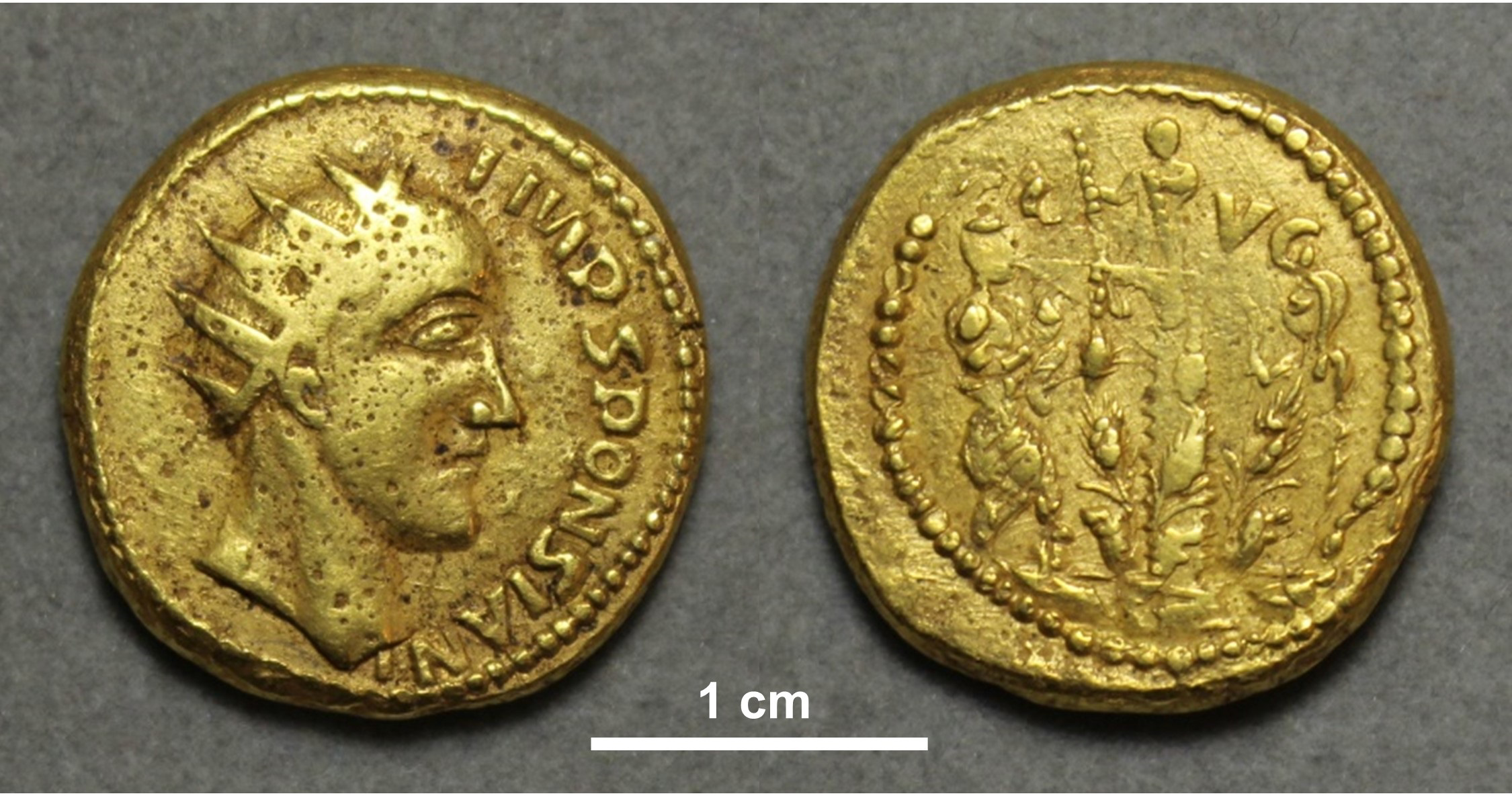Auguste and Louis Lumière thought that cinema didn’t have a future. Fortunately, they came to that conclusion only after producing a body of work that comprises some of the earliest films ever made, as well as invaluable glimpses of the end of the nineteenth century and the dawn of the twentieth, an era that has now passed out of living memory. Using the motion-photography system that they developed themselves, the Lumière brothers captured life around them in not just their native France, but Switzerland, Italy, England, the United States, and even more exotic lands like Egypt, Turkey, and Japan — all of which you can see in the compilation video above.
The smooth color footage you see here is not, of course, what the Lumière brothers showed to their wide-eyed audiences well over a century ago. It all comes specially prepared by Youtuber Denis Shirayev, who specializes in enhancing old film with current technologies, some of them driven by machine learning.
If this sounds familiar, it may be because we’ve featured a good deal of Shirayev’s work here on Open Culture before, including his restored versions of Victorian England, Belle Epoque Paris, New York City in 1911, Amsterdam in 1922, Tokyo at the start of the Taishō era — and even the Lumière brothers’ famous movie of a train arriving at La Ciotat Station.
For this compilation video’s first four and half minutes, Shirayev explains how he does it. But first, he offers a disclaimer: “Some people mistakenly think that the colors in this video are the original source colors, or that the source material had audio, or that the enhanced faces are real.” All that was in fact added later, and that’s where the artificial intelligence comes in: even in the absence of direct historical evidence, it can “guess” what the real details not captured by the Lumière bothers’ camera might have looked like. This is part of a process that also includes upscaling, stabilization, and conversion to 60 frames per second — a form of motion smoothing, in recent years the subject of a cinematic controversy the Lumière brothers certainly couldn’t have imagined.
After Shirayev’s remarks, you can start watching 21 Lumière brothers films after the 4:30 mark.
Related content:
Watch the Films of the Lumière Brothers & the Birth of Cinema (1895)
The History of the Movie Camera in Four Minutes: From the Lumière Brothers to Google Glass
Based in Seoul, Colin Marshall writes and broadcasts on cities, language, and culture. His projects include the Substack newsletter Books on Cities, the book The Stateless City: a Walk through 21st-Century Los Angeles and the video series The City in Cinema. Follow him on Twitter at @colinmarshall or on Facebook.












